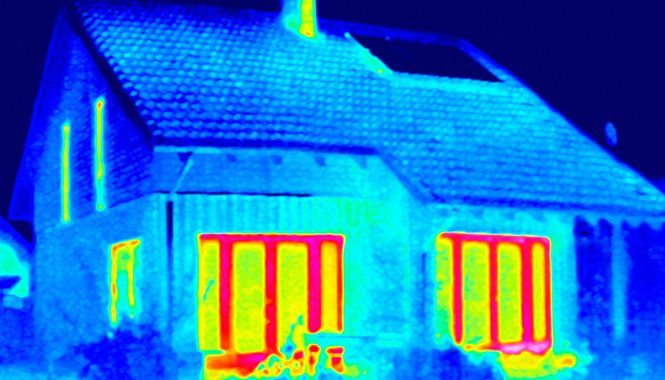Building airtightness
Airtight Construction
Because of its many benefits (including a pleasant indoor climate and lower energy consumption) airtight construction is used increasingly within the construction industry. In order to meet the standards for air permeability, the prevention of gaps around doors and windows is imperative. These gaps often form relatively large air leaks.
Ellen’s range provides a wide range of solutions for making window and door constructions airtight, including draught strips and frame seals, dropseals, and rebate and glazing profiles.
What is airtight construction?
In airtight construction, the air permeability of a building is limited by minimising any openings in its fabric as much as possible. This prevents unwanted air leaks - also known as infiltrations - via seams, gaps and cracks.
When building airtight constructions, a good ventilation design is essential. The movement of air is controlled through planned ventilation openings. This makes it possible to provide demand-driven ventilation, adjusting the ventilation to the air quality of the space. The relative humidity is kept at a particular level while polluted air is removed, thus creating a comfortable, healthy indoor climate.
Benefits of airtight construction:
- More pleasant indoor climate
- Soundproof
- Prevents problems with moisture
- Lower energy consumption
Ellen offers a wide range of products for making window and door constructions airtight. View our professional solutions for more information.
